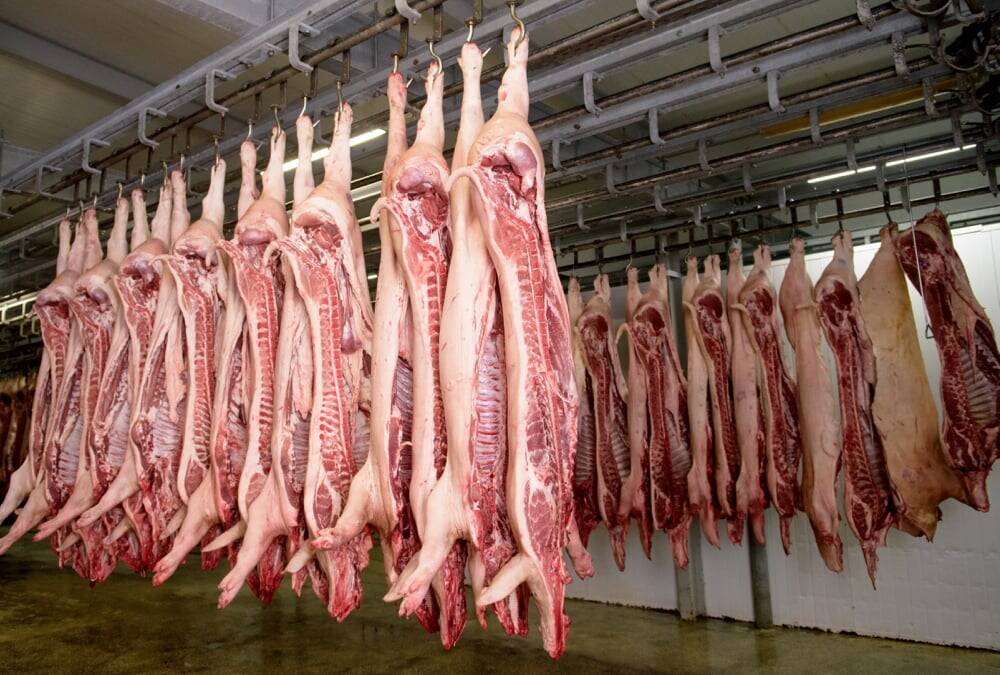MarketsFarm — A combination of three factors have contributed to the bounce in prices at the Chicago Board of Trade, according to Rich Feltes of R.J. O’Brien in Chicago.
“It’s the convergence of the middle of May, which is a critical time and the confirmation that planting is not only delayed, but it’s in for further delays with the wet forecast this week,” he said.
“Also, the prices now have rallied enough to inject a degree of discomfort for the comfortable managed fund shorts, who are large and made a pile of money being short. They are now starting to blow out.”
Read Also

U.S. livestock: Lean hogs tick down on supply numbers, year-end positioning
Chicago | Reuters – Chicago Mercantile Exchange live cattle and lean hog futures fell while feeder cattle futures rose on…
Prices for soybeans, corn and wheat saw double-digit increases starting Tuesday. For soybeans, that meant coming away from 10-year lows that saw prices slide under US$8 per bushel.
The weather will play a factor as to what happens during the last week of May and the first week of June, he said. That time period will determine how much prices are affected, should the wet conditions in the U.S. Midwest continue.
“At what point do we dial this poor weather in, in terms of the demand backdrop?” he questioned.
The latest monthly world agriculture supply and demand estimates (WASDE) from the U.S. Department of Agriculture indicated there are large supplies of soybeans globally, and in particular in the U.S., where soy stocks are at a 30-year high. Near-record soybean crops in Brazil and Argentina have added to the large global supply.
China’s reduced demand for soybeans won’t help lower those stockpiles, as African swine fever has ravaged that country’s hog industry. All of this has meant supplies won’t decline quickly anytime soon, Feltes explained.
“It’s very worrisome and it’s not going away,” he said.
As for the U.S./China trade war that heated up late last week, “that is off the table for now,” he said, adding it’s very likely the trade dispute won’t become a factor again until the G20 Summit in Japan next month.
At the summit, U.S. President Donald Trump and Chinese President Xi Jinping are set to meet one-on-one to discuss trade between the two economic superpowers.
The long-waited deal is expected to be a tremendous boon for U.S. farmers, with prices expected to shoot up, especially for soybeans.
— Glen Hallick writes for MarketsFarm, a Glacier FarmMedia division specializing in grain and commodity market analysis and reporting.














